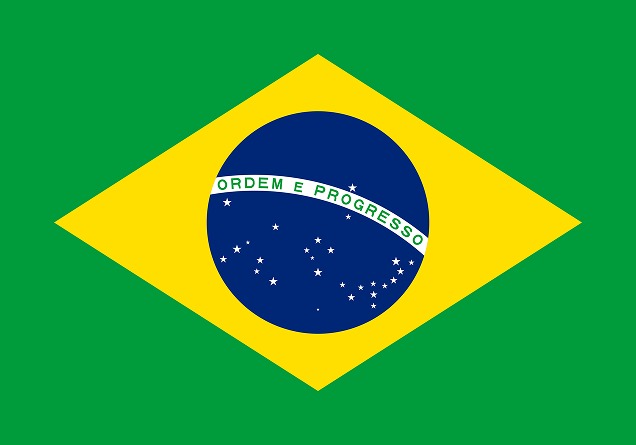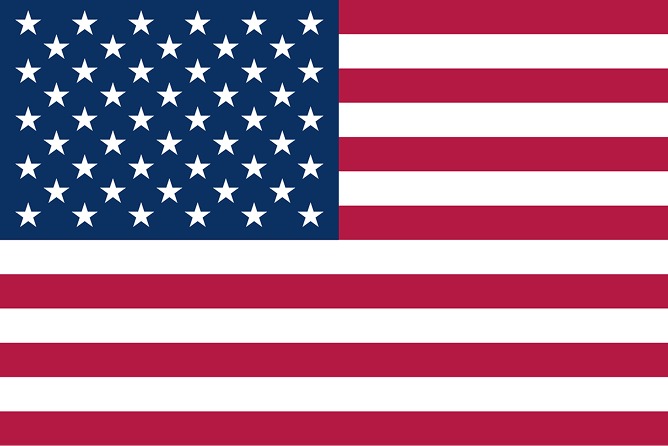Não conseguimos encontrar a internet
Tentando reconectar
Algo deu errado!
Aguarde enquanto voltamos ao normal
Land Use Planning

To develop the Amazon sustainably, it is essential to address the historical problem of land use planning, which is closely linked to land grabbing, deforestation, and land conflicts. For this reason, within its Law and Sustainability Program, Imazon has been conducting scientific research for over 15 years, proposing solutions for the allocation of land in the region in a way that supports sustainable development.
In 2008, Imazon’s research on land tenure in the Amazon became a reference and contributed to the federal government making land regularization a top priority. In 2021, the book “10 Essential Facts about Land Regularization in the Legal Amazon“ denounced that nearly 30% of the region was made up of undesignated public lands and that land laws and practices at both the federal level and in all the states of the Legal Amazon were incentivizing land grabbing. The same study recommended that these public areas be allocated for conservation.
More recently, another study in this area addressed the importance of governments reclaiming lands that had already been annulled in land registries due to suspected land grabbing. Of more than 10,000 canceled land titles, researchers located 332 in the Land Management System (Sigef) of the National Institute for Colonization and Agrarian Reform (Incra), totaling 2.5 million hectares. Using this information, the study’s authors cross-referenced the geolocation of these properties with data on land use and land cover change and found that 811,000 hectares had already been deforested by 2020, which corresponds to 34% of those parcels. Upon analyzing the cleared land, they also found that 77% was being used for agriculture and cattle ranching.
On the other hand, 1.5 million hectares of those parcels were still covered by forest (60% of the total), underscoring the urgency for public authorities to reclaim and allocate these areas for conservation. This territory is equivalent to ten times the size of the city of São Paulo.
 PT
PT
 ES
ES
 EN
EN

